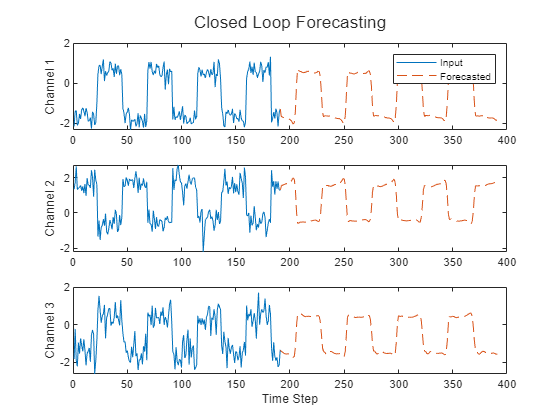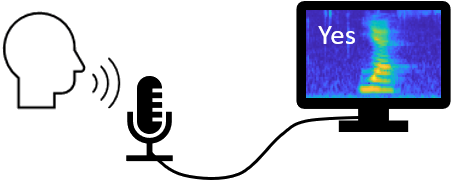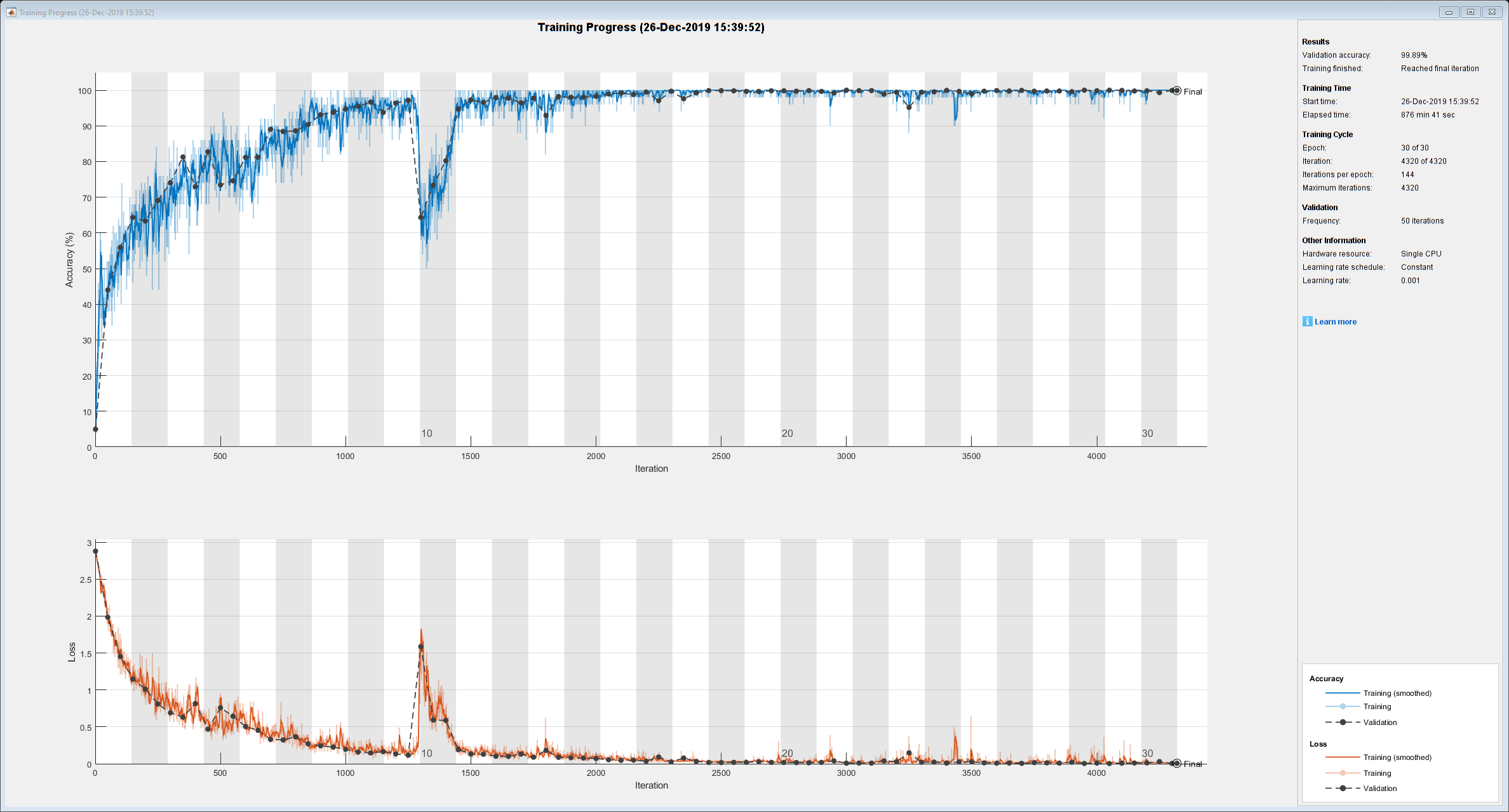Sequence and Numeric Feature Data Workflows
For sequence, time-series, and tabular data, create and train multilayer perceptron (MLP) neural networks, long short-term memory (LSTM) neural networks, and convolutional neural networks (CNNs). You can create and train neural networks for classification, regression, and forecasting tasks. You can also train neural networks on text data using word embedding layers (requires Text Analytics Toolbox™) or on audio data using spectrograms (requires Audio Toolbox™).
Train sequence-to-one and sequence-to-sequence neural networks using the trainNetwork and trainnet functions with the trainingOptions function, or define a custom training loop using
dlnetwork objects and dlarray
object functions.
You can train a neural network on a CPU, a GPU, multiple CPUs or
GPUs, or in parallel on a cluster or in the cloud. Training on a GPU or in parallel
requires Parallel Computing Toolbox™. Using a GPU requires a supported GPU device (for information on
supported devices, see GPU Computing Requirements (Parallel Computing Toolbox)). Specify the
execution environment using the trainingOptions function.
You can monitor training progress using built-in plots of network accuracy and loss and you can investigate trained networks using visualization techniques such as Grad-CAM.
When you have a trained network, you can verify its robustness, compute network output bounds, and find adversarial examples. You can also use a trained network in Simulink® models by using blocks from the Deep Neural Networks block library.
Categories
- Data Preprocessing
Manage and preprocess sequence and tabular data for deep learning
- Build and Train Networks
Create deep neural networks for sequence and tabular data, and train from scratch
- Visualization and Verification
Visualize neural network behavior, explain predictions, and verify robustness using sequence and tabular data




